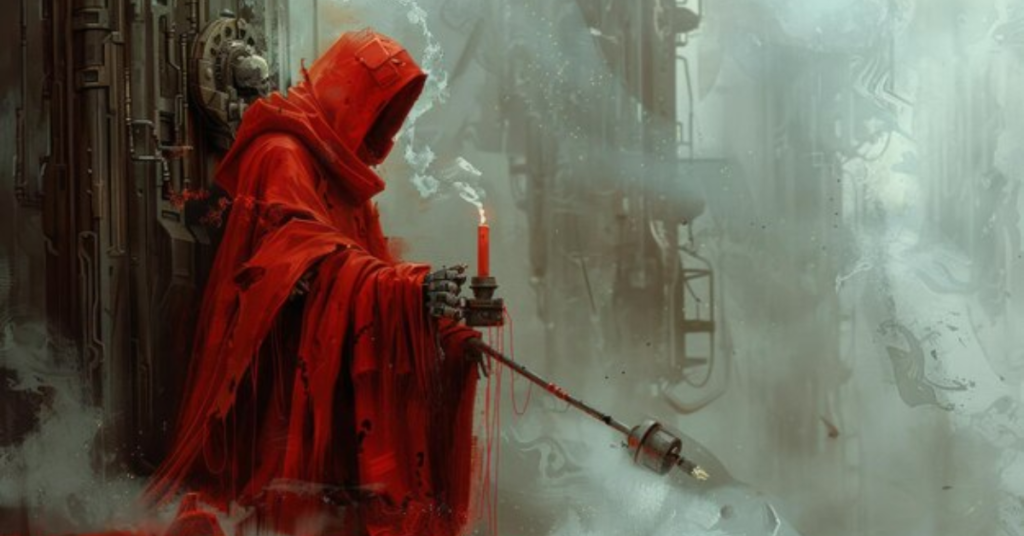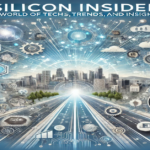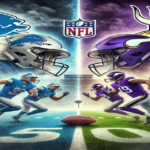Neal Shusterman’s Scythe is the first book in the Arc of a Scythe trilogy, a gripping series that combines elements of dystopian fiction, moral philosophy, and speculative science fiction. Published in 2016, Scythe explores a world where humanity has conquered death, disease, and suffering. In this post-mortal utopia, the population is kept in check by a group of individuals known as Scythes, who are entrusted with the responsibility of “gleaning” or ending lives to maintain balance.
This article delves into the themes, characters, and societal implications presented in Scythe. We’ll explore its intricate world-building, its philosophical questions, and its commentary on human nature, all while appreciating Shusterman’s ability to weave a narrative that is both thought-provoking and entertaining.
World-Building: A Post-Mortal Society
One of the most compelling aspects of Scythe is its richly imagined world. The novel is set in a future where technological advancements, powered by an omniscient artificial intelligence known as the Thunderhead, have eradicated all the natural causes of death. People no longer age; if they suffer accidents or illnesses, they are swiftly revived by advanced medical technology. This has created a society free from the existential fears that have historically driven human progress.
However, immortality brings its own challenges. Overpopulation becomes a pressing issue, leading to the establishment of the Scythedom—a separate organization tasked with population control. Scythes are chosen individuals who are empowered to glean others in order to maintain equilibrium. Despite their immense power, they are bound by strict moral and ethical codes designed to prevent abuse.
Shusterman’s world-building is meticulously detailed, from the Thunderhead’s impartial governance to the protocols and traditions of the Scythedom. The novel’s setting raises questions about the cost of utopia and whether perfection is truly attainable.
Themes and Philosophical Questions
The Value of Life
Central to Scythe is the exploration of life’s value in a world where death has been virtually eliminated. Without the inevitability of death, humanity’s relationship with life changes. Shusterman examines how immortality impacts motivation, creativity, and the drive to achieve.
The Scythedom’s existence forces characters and readers alike to confront what gives life meaning. Through the experiences of the protagonists, Citra Terranova and Rowan Damisch, Shusterman explores how the prospect of death—or the lack thereof—shapes human behavior.
Ethics of Power
The Scythedom’s authority raises significant ethical questions. Scythes wield unparalleled power over life and death, and the story delves into how individuals and institutions handle such power. The contrasting philosophies within the Scythedom highlight the potential for corruption and abuse, as well as the struggle to maintain moral integrity.
Artificial Intelligence and Governance
The Thunderhead, a near-omniscient AI, governs all aspects of society except the Scythedom. This separation raises questions about the role of technology in governance and the potential consequences of an AI-controlled society. While the Thunderhead is portrayed as benevolent, its inability to interfere in Scythe affairs underscores the limitations of even the most advanced systems.
Human Nature and Morality
Scythe delves deeply into human nature, exploring themes of greed, ambition, and compassion. The novel examines whether humanity can transcend its darker impulses and whether moral codes are enough to curb the corrupting influence of power.
Key Characters
Citra Terranova
Citra is one of the two protagonists and a reluctant apprentice to scythe book Faraday. Her journey from an ordinary teenager to a morally conscious Scythe is marked by internal conflict and growth. Citra’s determination to uphold the Scythedom’s ideals reflects her strong sense of justice and empathy.
Rowan Damisch
Rowan begins as an unremarkable teenager but transforms significantly over the course of the novel. As he becomes disillusioned with the Scythedom, Rowan’s actions challenge the established order, making him a pivotal character in the trilogy.
Scythe Faraday
Scythe Faraday is a mentor to both Citra and Rowan. His adherence to the Scythedom’s ethical codes serves as a counterpoint to the corrupt practices of other Scythes. Faraday’s wisdom and sense of duty are central to the story’s moral foundation.
Scythe Goddard
Goddard represents the darker side of the Scythedom. His embrace of excess and disregard for the Scythedom’s traditional values create a stark contrast to characters like Faraday. Goddard’s ideology highlights the dangers of unchecked power.
Narrative Style and Structure
Shusterman’s writing is characterized by its sharp prose and thought-provoking journal entries interspersed throughout the narrative. These entries, written by various Scythes, provide insight into their philosophies and the history of the Scythedom. The dual perspectives of Citra and Rowan allow readers to explore the world from different angles, deepening their understanding of the characters and the moral dilemmas they face.
Impact and Reception
Upon its release, scythe book received widespread acclaim for its originality, complex characters, and thought-provoking themes. It was a Michael L. Printz Honor Book and has been praised for its ability to engage young adult and adult readers alike.
Critics have lauded Shusterman’s ability to tackle complex issues such as morality, power, and the consequences of technological advancement in a way that is accessible and compelling. The novel’s success has led to its adaptation into various formats, further cementing its place in modern literature.
Conclusion
Neal Shusterman’s scythe book is a masterful exploration of a world where death has been conquered but humanity’s ethical dilemmas persist. Through its richly imagined setting, compelling characters, and philosophical depth, the novel challenges readers to reflect on the nature of life, power, and morality. Whether you are a fan of dystopian fiction or simply looking for a thought-provoking read, Scythe offers a narrative that is as entertaining as it is enlightening.
FAQs
1. What is the main premise of Scythe? Scythe is set in a future where humanity has achieved immortality and eradicated natural causes of death. To control population growth, a group of individuals known as Scythes are tasked with “gleaning” lives. The story follows two teenagers, Citra and Rowan, as they navigate the complexities of becoming Scythes.
2. Who are the main characters in Scythe? The main characters are Citra Terranova and Rowan Damisch, two apprentices to Scythe Faraday. Other key characters include Scythe Faraday and Scythe Goddard, who represent contrasting philosophies within the Scythedom.
3. What themes does Scythe explore? The novel explores themes such as the value of life, the ethics of power, artificial intelligence, human nature, and morality. It raises questions about the implications of immortality and the responsibilities that come with controlling life and death.
4. How does the Thunderhead influence the story? The Thunderhead is a benevolent AI that governs society, ensuring fairness and efficiency. However, it is prohibited from interfering in the Scythedom, highlighting the tension between technology and human governance.
5. Is Scythe suitable for young readers? While Scythe is marketed as a young adult novel, its themes and content make it suitable for older readers as well. Parents and educators may wish to discuss its ethical and philosophical questions with younger readers.
6. Are there sequels to Scythe? Yes, Scythe is the first book in the Arc of a Scythe trilogy. The sequels, Thunderhead and The Toll, continue the story and further explore the world and its characters.







